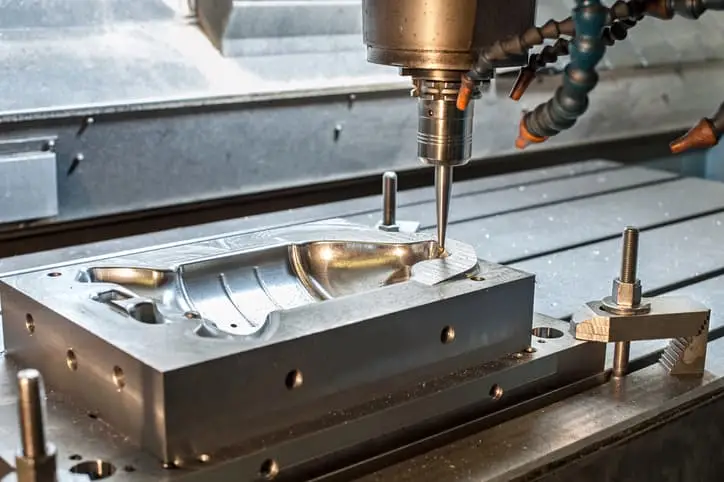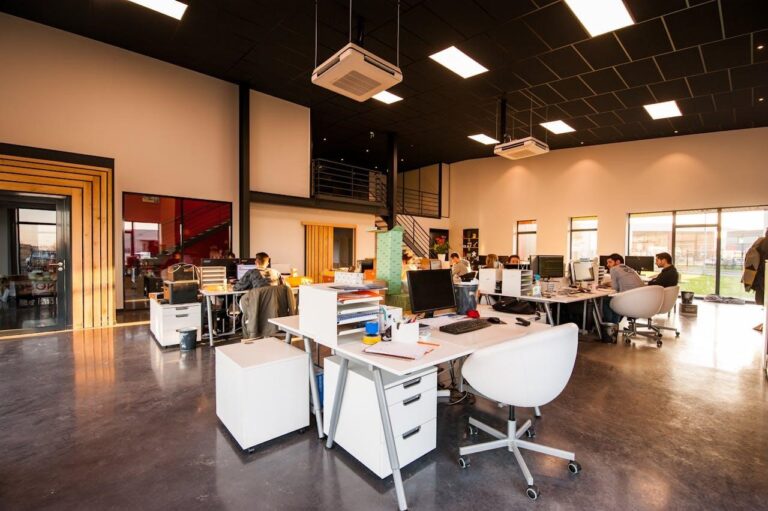Believe it or not, most homes are not wheelchair friendly. Doorways are too narrow to accommodate wheelchairs, bathrooms don’t have enough space to transfer to a shower chair, and kitchens are difficult to maneuver in. Ramps and personal lifts, as well as medical emergency response systems, are just a few of the safety solutions available to caregivers for establishing a wheelchair-friendly environment.
Mobility-impaired individuals can move independently because of the invention of motorized wheelchairs. As such, it is the caregivers’ responsibility to ensure that the home environment of their loved ones is favorable for the easy maneuver of power wheelchairs.
Making the Home Wheelchair Friendly
Installation of Ramps
A ramp is a great option for power wheelchair users who live in homes with multiple steps throughout the house. You can buy prefabricated ramps that are designed specifically for your needs. Wheelchair high-quality ramps last for a long time and can easily accommodate both motorized wheelchairs and scooters.
Consider installing a permanent ramp that spans multiple entrances. This is necessary if the wheelchair user and caregiver enter and exit through multiple doors throughout the day.
Installation of Bars and Rails
Installing handrails and grab bars in your bathroom can help prevent falls. Consider setting up a transfer bench so you can sit down to shower instead of standing up. You should also install grab bars on the wall next to the toilet so you have something stable to hold onto when moving back to your wheelchair. Moreover, having handrails and grab bars in other home areas can also help maintain your balance. This is necessary during movement from one surface to another.
Stairlift Installation
Stairlifts are necessary where navigating through the stairs becomes a challenging task for a wheelchair user. These stairlifts are available in several designs. Individuals can either permanently modify the houses to fit the stairlifts or use the on-the-go options, including a portable stair climber. The stairlifts allow people with restricted mobility to live in multi-level houses or even on front yard steps that were previously inaccessible. They help level out your house and provide a secure, easily accessible place after their installation.
Response Systems for Emergencies and Alerts
The personal medical alert system is another excellent home security option. These emergency warning systems feature two-way communicative and monitoring pendants or wristbands. Hence, both caregivers and individual motor wheelchair users benefit from these devices’ GPS-enabled tracking devices, which provide the utmost in mobile security and optimal peace of mind.
Use of Automatic Doors If Possible
Most doorknobs are hard to use for people in wheelchairs. Making your house more accessible by replacing doorknobs with lever handles, push/pull bars, or even motorized doors can significantly improve your quality of life. Automation of these doors allows users to open any door with the touch of a button, regardless of the location. Additionally, these doors can be programmed to be activated by a variety of devices, including the power wheelchair control switches, wall push pads, home control systems, and other similar devices. A further advantage of these doors is that they do not override human actions, allowing for manual operation if necessary. Notably, these doors are available in a variety of sizes and configurations.




















